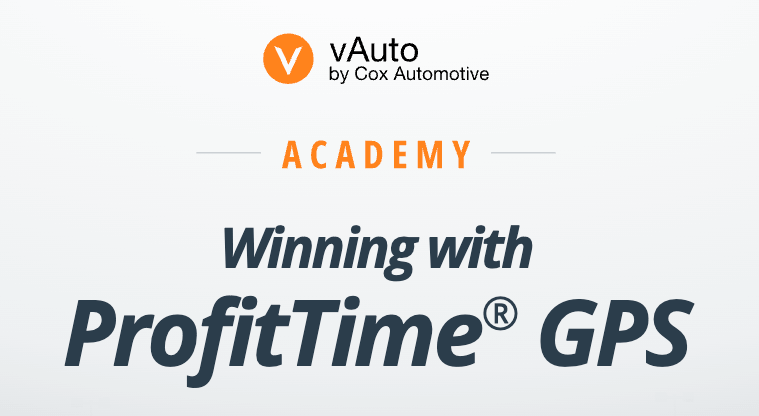Car dealers have struggled to keep their lots stocked in recent years due to unreliability across the supply chain and changes in production. But now automakers are manufacturing cars faster than consumers can buy them — and in many markets, higher-priced, late-model used car inventory isn’t selling very fast. To avoid overstocking and losing money, now is the time to reevaluate your inventory management strategy. vAuto Founder Dale Pollak has come up with three guidelines to help you do just that:
- Manage Your Prices Every Day
It used to be impossible to figure out how an individual pricing decision would affect your dealership’s overall success. Usually, you’d get to the end of the month before you’d realize that maybe you didn’t sell enough cars or make enough gross because specific biases or beliefs were influencing your department’s pricing process. You could only consider your pricing effectiveness in retrospect.
But if you take a variable approach to dealership inventory management, you can monitor the pricing process as it happens. You can see in real time whether there’s a bias toward volume at the expense of gross — or vice versa — and you can course-correct that bias in your pricing as needed. vAuto’s ProfitTime® GPS, the industry’s only Variable Management solution for used car inventory, recommends price ranges for used vehicles every day based on solid data science. Pricing your vehicles accordingly helps you optimize the ROI of every transaction and know when individual pricing decisions align to your strategy or don’t.
- Master Your Appraisal Process
It used to be hard to determine the accuracy of an individual appraisal — so many factors must be considered in the moment. You also lacked a standard for measuring appraisal accuracy, and therefore no real way to measure the performance of individual appraisers. But now you do.
When you adopt the Variable Management strategy and ProfitTime GPS, you get a recommended range of appraisals for every vehicle that’s based on your strategic objective. You can use this information to monitor your appraisers’ performance. Unique circumstances mean that you can’t always adhere to the recommendations, but most of your appraisals should fall within the range. If they don’t, you’ll be able to see why you aren’t meeting your business goals — and you can more easily hold your appraisers accountable and help them improve their appraisal process accordingly.
- Fine-tune Your Acquisition Process
In the past, you probably used to rely on auctions and trade-ins to supply all your used car inventory. But if you’re still depending on these sourcing channels today, you won’t be able to buy enough of the right cars for the right money. It’s time to sharpen your vehicle acquisition strategy.
In the current market, one of the keys to successful dealership inventory management is tapping into new channels such as your service lanes and street purchasing. And in addition to casting a wider net, you should also measure the performance of each channel so you know how well it’s serving you. ProfitTime GPS allows you to measure your success by channel so you can train your acquisition team more effectively and focus on the channels that produce the vehicles that are the best fit for your business and market.
Put the Strategy Into Practice
Successful dealership inventory management depends on your ability to perfect your processes regarding pricing, appraisal and acquisition. It’s important to note that you can perform well in each area and still have suboptimal outcomes — but if you master all three, your performance will be consistently better over time. And the best way to see this level of success is by using Variable Management. vAuto’s Performance Managers and ProfitTime GPS are here to help.
To learn more about how vAuto’s tools can help you optimize your inventory management strategy, request a demo today.

















